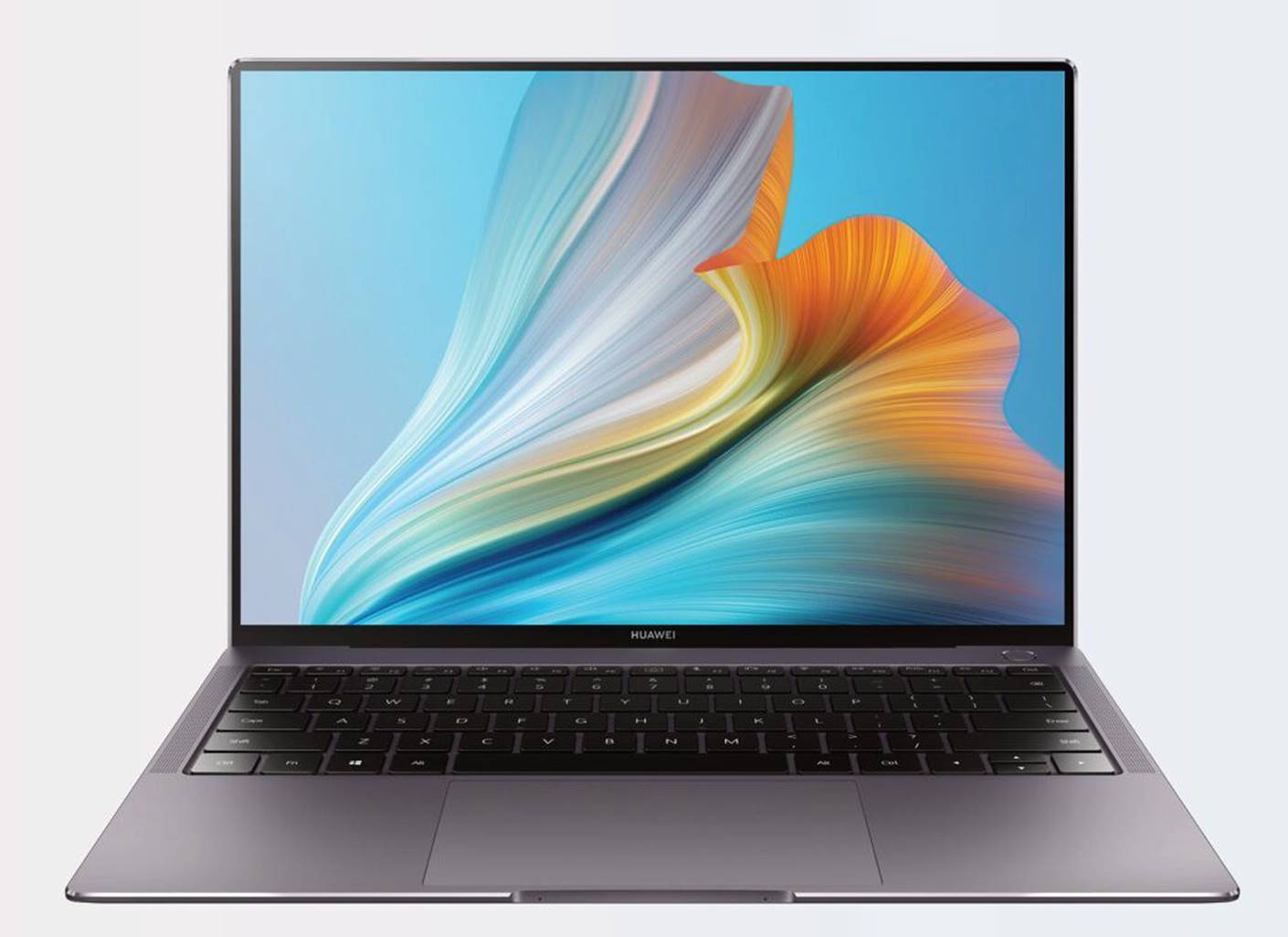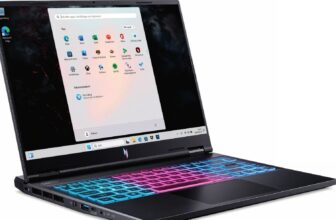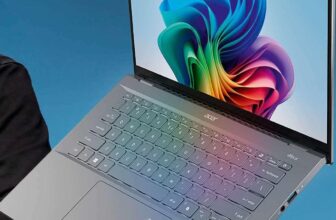Huawei MateBook X Pro Review

A few years ago Huawei was a dark horse that looked like it could take the local Ultrabook space by storm, but has it done enough to keep the MateBook X Pro ahead of the pack? Read our Huawei MateBook X Pro Review.
Dell’s XPS 13 hasn’t ever been pitched as a budget machine, but when you consider you could get a 13.4-inch 3.5K OLED display, 11th Gen i7,16 GB of RAM and 512GB SSD on sale at the end of 2021, the MateBook X Pro’s price tag makes the XPS range seem positively affordable. Putting aside the fact that Google was banned from selling its Android operating system to Huawei, which meant many consumers suddenly had an ultra premium phone with a stop-gap OS, it’s still not a particularly well-known brand in Australia, and Huawei would need a pretty astounding feature set to convince anyone to pay top dollar for one of its premium Ultrabooks.
The asking price of the MateBook X Pro lines up with the starting price of a MacBook Pro 14 (M1 Pro), which has a professional-level colour-accurate screen and uses a smartphone processor to outpace and outlast any laptop on the market. Since it launched the range locally at the end of 2018 the MateBook X Pro has
only really updated the processor, the trackpad and the speakers on the MateBook X Pro, so it’s not looking like it’s put all that much into R&D recently.
The 2021 Matebook X Pro has a 13.9-inch touchscreen display running at the same 3,000 x 2,000 pixel resolution as its predecessors. While the resolution is still more than adequate the 100 percent sRGB colour gamut is a little behind the vast majority of contemporary Ultrabooks, which offer DCI-P3 or Adobe RGB professional level HDR screens.
Powering the device is an Intel Core i7-1165G7 CPU, which is a perfectly adequate CPU, though most of the ultra premium devices offer a slightly higher clocked i7-1185G7 or above. This doesn’t make a huge performance difference, but it does mean the MateBook X Pro is more
| Huawei Matebook X Pro | Microsoft Surface Pro 8 | |
| PCMark 10 – Overall (score) | 5,039 | 4,510 |
| HWBot x265 – 1080p (fps) | 19.439 | 23.363 |
| 3DMark Time Spy (score) | 1,457 | 1,710 |
| The Division 2 Low 1080p (fps) | 28 | 46 |
| Battery life – 1080p video playback (h:min) | 7h50min | 7hl4min |
| Peak CPU temperature (°C) | 93 | 82 |
| CrystalDiskMark Read/Write (MB/s) | 3,649 | 5,246 |
| CrystalDiskMark Read/Write (MB/s) | 1,121 | 1,252 |
than 10 percent behind something like the Surface Pro 8 in raw media encoding or other CPU-heavy tasks.
While the earlier MateBook X Pros offered discrete sub-gaming graphics cards, they’ve been ditched on the latest model, since the integrated Iris Xe Graphics are capable of performance close enough to Nvidia’s MX range of GPUs. It does make this MateBook X Pro cheaper than earlier models, but they lose their graphical advantage and still end up more expensive than current competition.
The 55Wh battery is pretty reasonable, with close to eight hours of movie playback and more than a full day’s work lifespan. It’s also got a nice keyboard and trackpad, the screen is brighter than most laptops, and the besels are particularly compact. It’s wrapped in a nice metallic body and comes with a power button that doubles as a fingerprint reader. So there’s still plenty to like, but we can’t help but feel laptops have progressed a little more than the MateBook X Pro over the last few years, which means the top dollar price just doesn’t seem reasonable any more.
A premium laptop that hasn’t delivered much innovation over the last few years.
3/5
Joel Burgess









